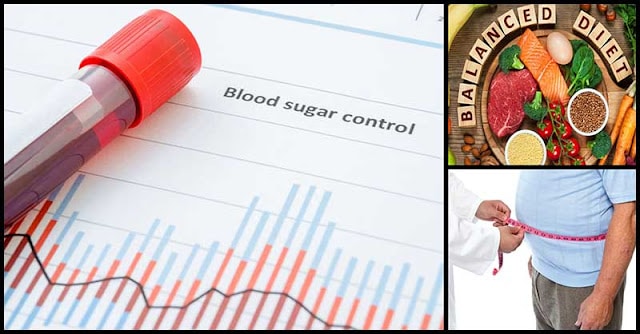Once our body failed to effectively transport sugar from the blood into cells, high blood sugar occurs and this can lead to diabetes if left unchecked. Diabetes has been associated with various diseases including thyroid disease, stroke, heart diseases, nerve damage, eye problems, foot problems, and dental diseases.
According to the Centers for Disease Control and Prevention, skipping breakfast, losing sleep, not drinking enough water, or drinking too much coffee (even without sweetener) can cause blood sugar instability.
So, what can we do when our blood sugar gets too high? Keep on reading to know some of the tips to get sugar levels back to a safe zone.
Add Cinnamon (To Everything)
In a study conducted in 2013, it was found that cinnamon consumption can help lower down glucose, total cholesterol, LDL and triglycerides. Meanwhile, participants of the study experienced an increase in HDL cholesterol.
Enjoy the blood sugar-stabilizing effects of cinnamon by regularly adding it into our daily diet. We can use it as a seasoning and rub it on meat and chicken. We can also sprinkle it on salads and other favorite meals.
Balanced Meal Is The Key
Make sure to eat a balanced meal. These include high-quality protein, healthy fats, fiber, and complex carbohydrates. They are longer to break down and digest in the body thus slowly releasing blood sugar resulting in an elongated blood sugar curve, not a course of dramatic high and low peaks.
Opt for more beans, legumes, leafy greens and veggies. Consume nuts, avocado, ghee, grass-fed butter, coconut oil, and extra virgin olive oil. Also, foods like organic eggs, grass-fed beef, and wild fish are great sources of protein.
Get Trendy With Apple Cider Vinegar
Apple cider vinegar is almost good for everything. It can clear pipes, tone our skin and even lower our blood sugar. According to the study, regularly taking a swig or two of the vinegar can help reduce blood glucose levels.
Know About Carbohydrate Quality
Carbohydrates can be simple and complex. Both these types will raise blood sugar levels but in a different way.
Simple carbohydrates lack fiber and are quickly broken down in the body thus resulting in blood sugar fluctuations. Some of the main sources of simple carbs are baked goods, flour, white potatoes, sugar, and processed snack foods.
Meanwhile, complex carbohydrates are found in chia seeds, quinoa, flax seeds, legumes, beans, and root veggies like butternut squash. They are loaded with fiber and break down slowly in the body, creating less impact on blood sugar fluctuations.
Drink Water and Stay Hydrated
Staying hydrated is one of the best ways to reduce blood sugar levels and prevent diabetes. Moreover, it also helps our kidneys flush out excess blood sugar through urine.
Drinking water and other non-caloric beverages are always the best options to stay hydrated. Avoid drinking sweetened drinks as they only drive weight gain, raise sugar, and increase diabetes risk. Aim for about 1.2 liters, or 6 to 8 glasses of water, per day.
Control Stress Levels
Managing stress is one of the keys to balance blood sugar levels. Aside from making us crave for cookies, we pump up the hormones cortisol and glucagon when we are stress. These hormones cause our blood sugar levels to go up.
Control stress levels by doing simple exercises, meditation, and relaxation.
Implement Portion Control
Portion control helps regulate calorie intake and can lead to weight loss thus promoting healthy blood sugar levels which in return, helps lower down our risk of developing diabetes.
Some of the helpful tips for controlling portions are as follows:
- Read food labels and check the serving sizes
- Keep a food journal
- Measure and weigh portions
- Use smaller plates.
- Avoid all-you-can-eat restaurants
- Eat slowly









